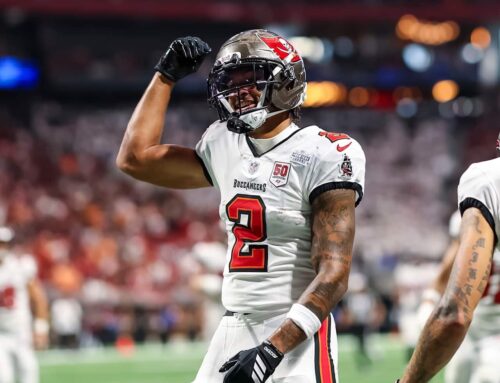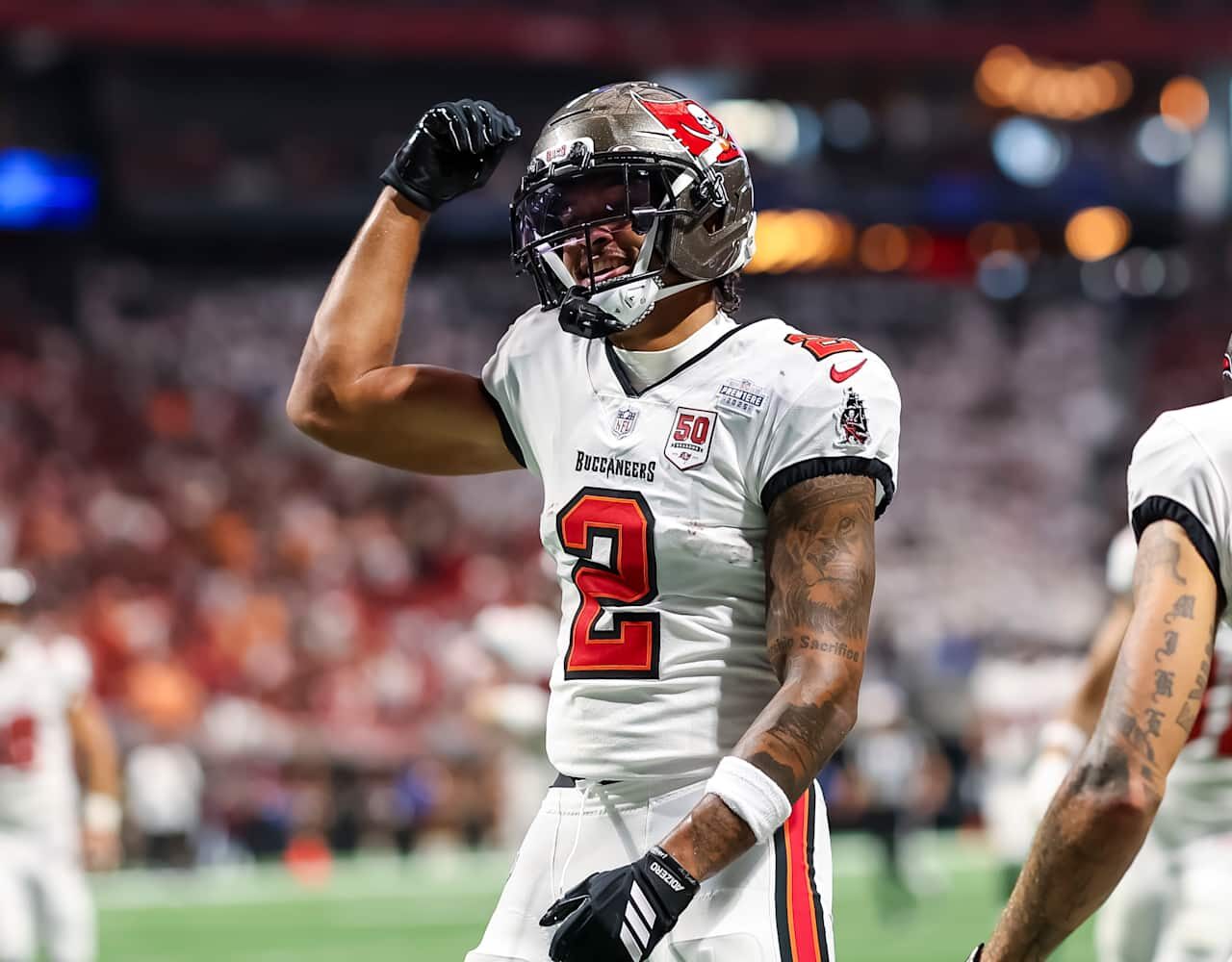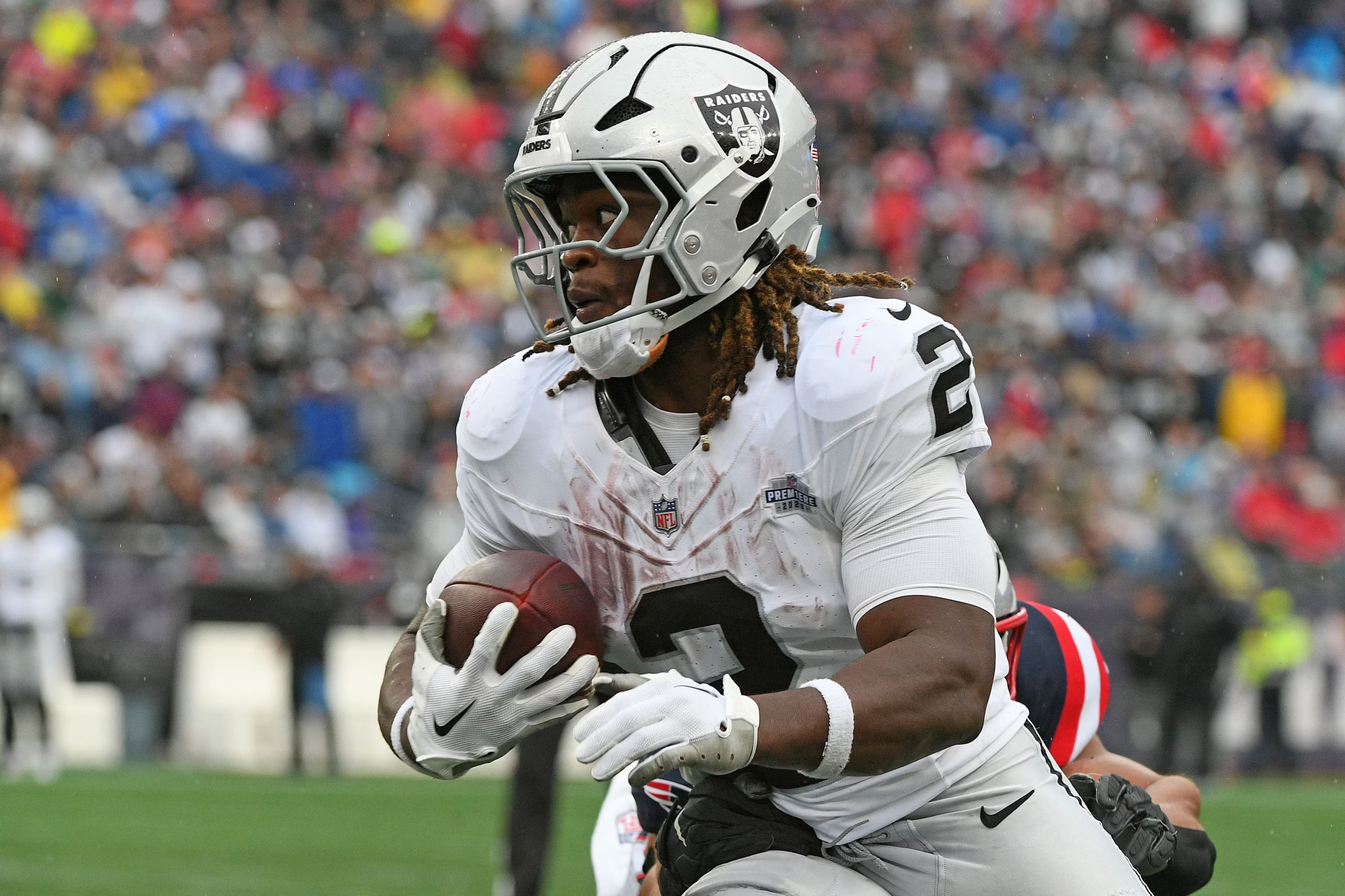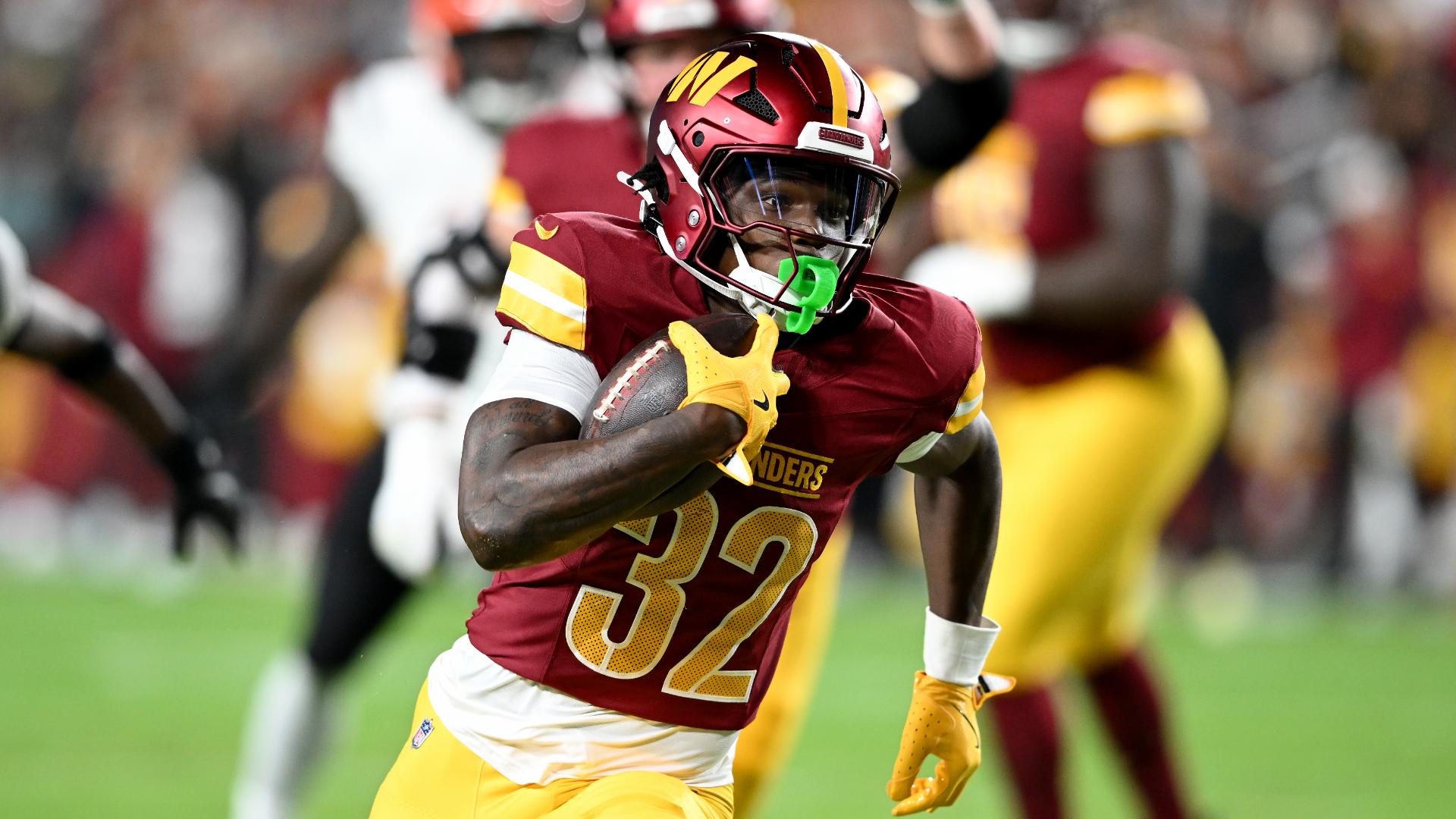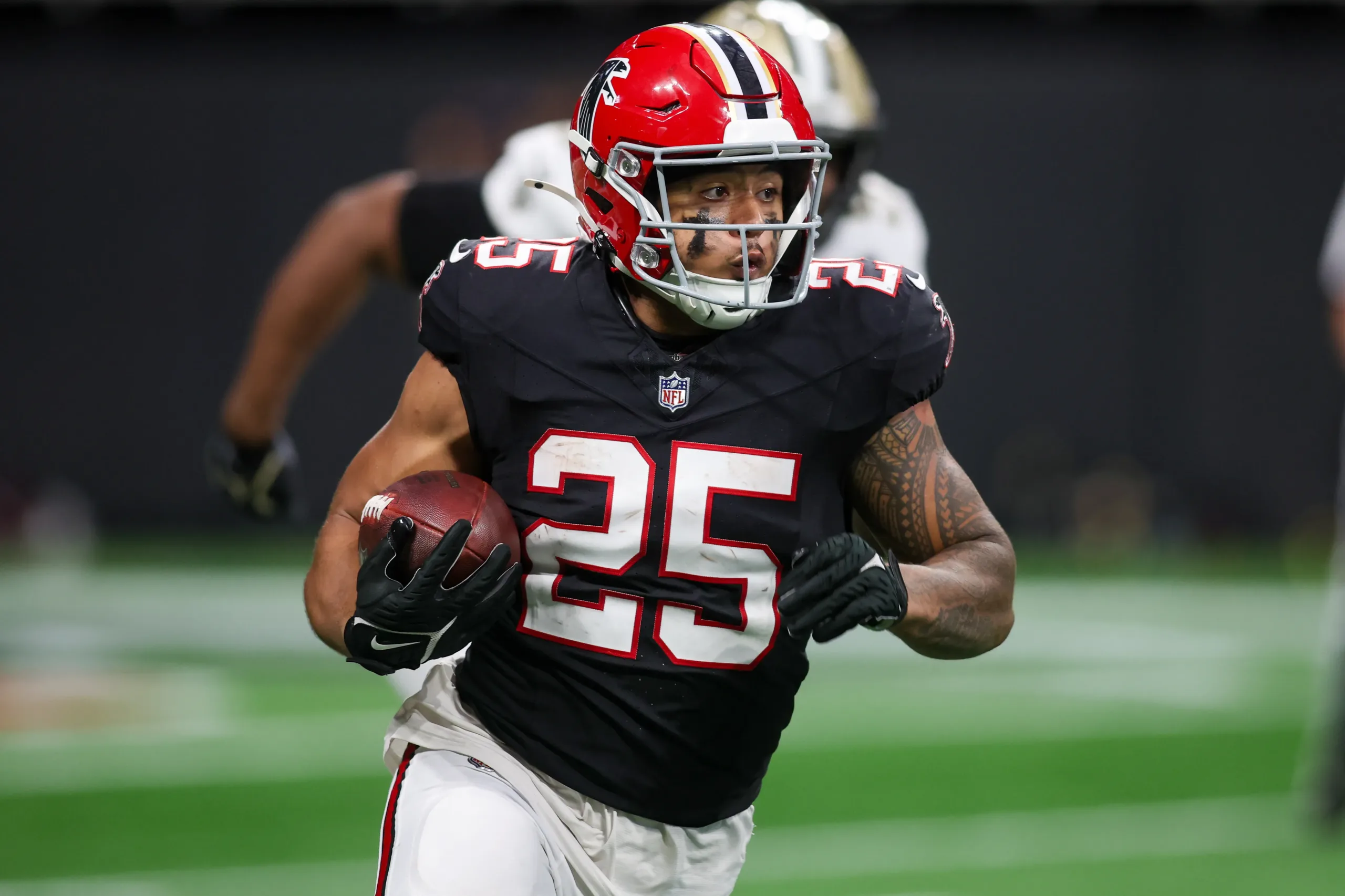
Don’t trust last year’s touchdowns—trust usage. Here’s why regression matters in dynasty and how it can shape your long-term roster strategy.
What is Touchdown Regression?
Touchdowns are the flashiest stat in fantasy football—but also the least reliable year to year. Unlike targets, carries, and snap share, touchdowns are often driven by game flow, broken plays, or red zone opportunities that don’t always repeat. That’s why smart dynasty managers don’t chase last year’s scoring totals—they chase opportunity and usage. In this article, we’ll break down players due for negative TD regression and offer actionable takeaways for dynasty roster management.
DeVonta Smith
TD Regression Signal: Unsustainably efficient scoring in the setting of shrinking volume
DeVonta Smith remains one of the most talented route runners in the NFL, but his 2024 touchdown efficiency was quietly unsustainable—making him a potential sell-high candidate in dynasty formats.
Smith finished the 2024 season with:
– 89 targets
– 68 receptions
– 833 receiving yards
– 8 touchdowns
That’s a touchdown on 9% of his targets—a rate well above the league average and Smith’s career baseline (approximately 5–6%). He produced the same number of touchdowns in 2023, but on 31 fewer targets.
Smith was incredibly efficient in the red zone, but the concern is not his talent—it’s his shrinking role. His target share dropped as the Eagles leaned more on their evolving ground game with Saquon Barkley and their suffocating defense. In fact, the Eagles passed on a league-low 41.9% of plays in 2024—down over 10% from 2023’s 52.5%. The next closest team was the Ravens at 46.3%.
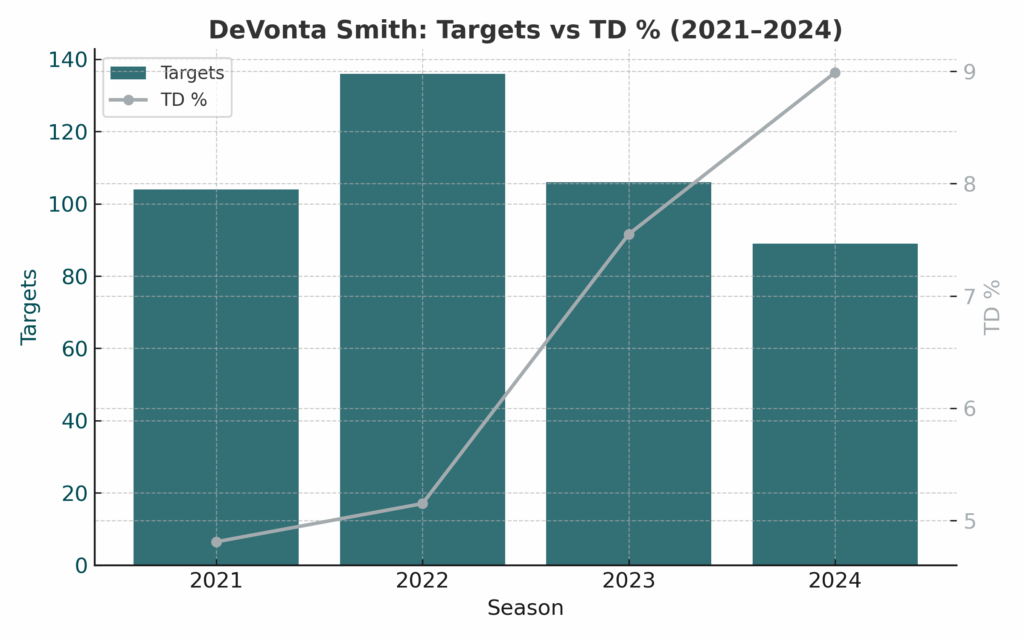
Smith is an excellent player, but he’s not a target hog or a clear red zone alpha. That makes his 8-touchdown season feel more like a ceiling than a floor.
He’s currently viewed as a solid WR2 in dynasty, but that value is inflated by a touchdown total unlikely to stick. Unless you believe the Eagles will shift philosophy and he’ll earn 120+ targets in 2025, his scoring pace is a major red flag.
Now is a great time to explore trade options that capitalize on Smith’s inflated touchdown total. You might consider flipping him for a more stable receiver with similar upside but a stronger target profile, like Drake London or Nico Collins. Alternatively, target a younger breakout like Rashee Rice. Selling high on unsustainable touchdown efficiency lets you shift value into more predictable, usage-driven assets—an essential move for dynasty success.
Terry McLaurin
TD Regression Signal: Scored more than ever on fewer targets than ever
Terry McLaurin had a strong 2024, finishing with 13 touchdowns on 117 targets—an impressive 11% touchdown rate. While still Washington’s top receiving threat, this efficiency is well above his career and league averages (typically 6–7%).
His red zone success and big plays boosted totals, but such scoring is often volatile.
Washington also added Deebo Samuel via trade and drafted Jaylin Lane in the fourth round—both capable of commanding targets and red zone looks. This diversifying offense, combined with McLaurin’s lower target volume, suggests touchdown regression is likely in 2025.
McLaurin remains a WR1/2 in dynasty, but expectations should be tempered. His 2024 scoring efficiency is unlikely to persist. Focus on his opportunity and usage for a truer view of his fantasy value. Recognizing the likelihood of regression now can help set more realistic goals for 2025 and beyond.
James Cook
TD Regression Signal: Touchdown rate per touch points to regression risk
James Cook broke out in 2024 with over 1,250 scrimmage yards and 18 total touchdowns—including a league-leading 16 rushing scores. He looked like a fantasy star in Buffalo’s explosive offense.
But under the hood, the numbers raise concerns. Cook scored a touchdown every 13.3 touches (207 carries + 32 receptions)—a historically high efficiency. Even bell cows don’t usually maintain that rate, and Cook wasn’t even getting goal-line work.
He had just five carries inside the 5-yard line all season. That volume doesn’t support the scoring he posted. Also, Josh Allen remains Buffalo’s top red zone option, scoring 12 rushing TDs in 2024 and at least 6 every season of his career.
Cook also lacked a full-snap role, ceding third-down and pass-blocking duties to Ty Johnson and rookie Ray Davis. His role in hurry-up and two-minute drills was inconsistent, and further committee risk remains.
Result? A player who looks like a top-tier dynasty RB based on touchdowns, but whose usage points more toward a volatile, high-efficiency RB2.
To be clear: Cook is talented—explosive, efficient, and productive between the 20s. But touchdowns are the most volatile stat in fantasy football—and the most misleading. Unless his red zone role increases, what he did in 2024 isn’t sustainable.
Conclusion
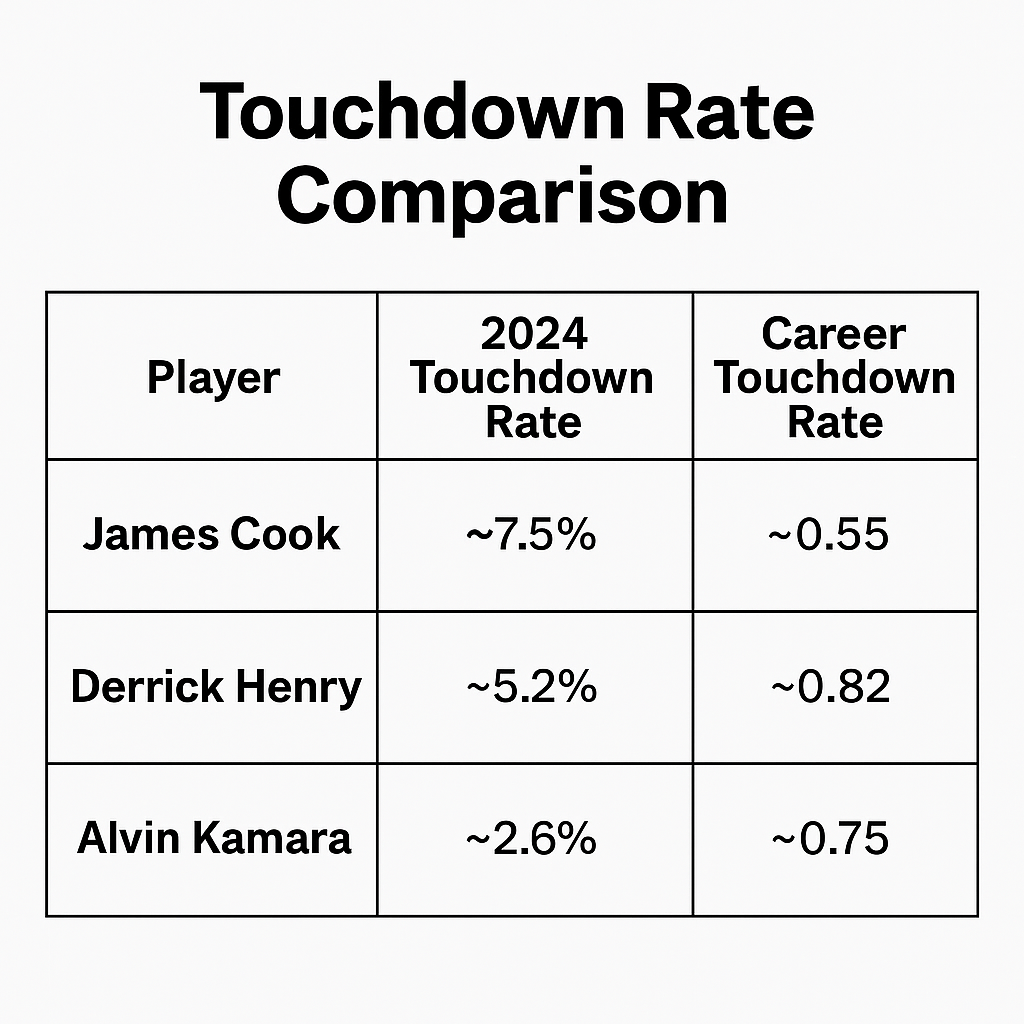
Touchdowns win headlines, but they rarely tell the whole story in dynasty. Regression isn’t punishment—it’s correction. Whether it’s Smith’s shrinking role, McLaurin’s spike in efficiency, or Cook’s unsustainable scoring, the lesson is the same: chase volume, not variance. Identifying outliers before the market adjusts helps you sell high and buy low. In dynasty, value is built on long-term opportunity—not last year’s touchdowns.


